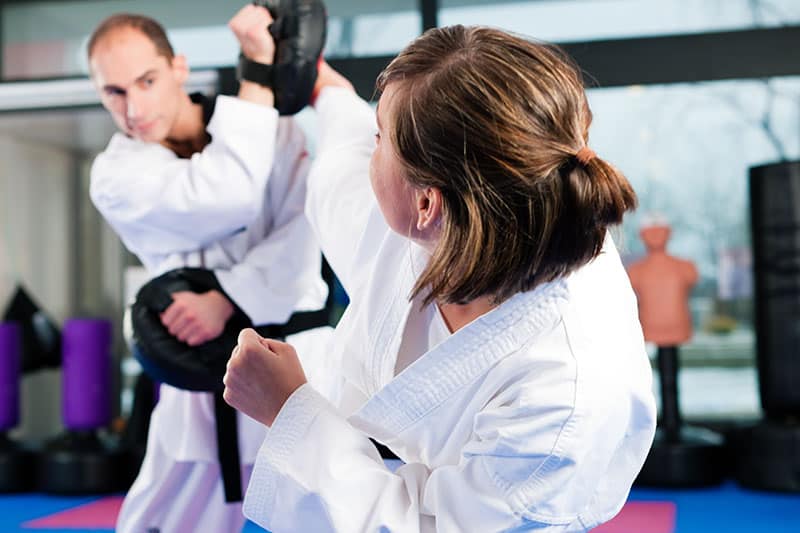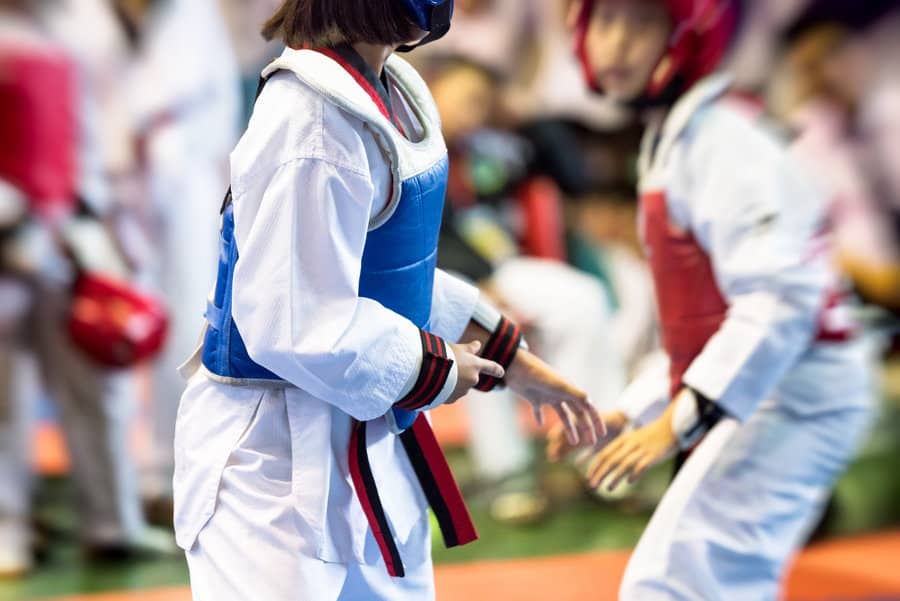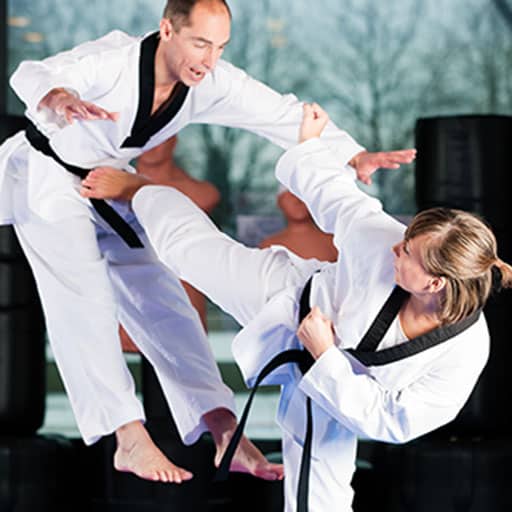
Sparring is one of the most exhilarating aspects of Tae Kwon Do training. It provides the opportunity to put techniques into action, testing how well kicks and punches work in dynamic combat situations. However, I found myself repeating the same movements during sparring sessions, leading me to research techniques from more experienced practitioners. What I discovered is that sparring isn’t just about raw skill—it requires strategy, adaptability, and technique.
Understanding Sparring in Tae Kwon Do
In the World Taekwondo Federation (WT), sparring is known as kyorugi, while the International Taekwon-Do Federation (ITF) calls it matsogi. Though different in name, both emphasize a controlled, freestyle combat environment where specific rules and protective measures ensure a fair yet competitive match.
A key principle of sparring is energy management—knowing when to release energy in attacks, reserve energy for defense, and regenerate energy to maintain endurance. Without these principles, even the most skilled fighters struggle to maintain their performance throughout a match.
Sparring competitions follow a structured scoring system, rewarding different techniques based on difficulty and effectiveness. Below is a comparison of how points are awarded in World Taekwondo (WT) competitions:
| Strike Type | Target | Points Earned |
|---|---|---|
| Punch | Chest | 1 Point |
| Kick | Chest | 2 Points |
| Kick | Head | 3 Points |
| Turning Kick | Chest | 4 Points |
| Turning Kick | Head | 5 Points |
One crucial rule in WT competitions is that punches to the head are not allowed, emphasizing kicks as the primary scoring technique. Matches are judged based on accuracy, presentation, and execution, ensuring fairness across different levels of competitors.
Mastering the Art of Sparring
A well-rounded sparring strategy incorporates observation, movement, counterattacks, and effective combinations.
Reading Your Opponent
The first step in sparring is understanding your opponent’s habits and preferred techniques. A great way to do this is by drawing out an attack—either through a fake movement or a subtle taunt—to gauge their response. Every fighter has a favored technique, and once recognized, it becomes easier to predict and counter their attacks.
For example, an opponent who frequently uses sliding kicks can be countered by attacking when their feet come together before launching a strike. Another useful approach is to focus on their body movement rather than their eyes, as experienced fighters often mask their intentions.
The Power of Movement
One of the most fundamental yet overlooked sparring strategies is moving side to side rather than simply retreating. Many beginners instinctively move backward to evade attacks, which often leaves them vulnerable. Instead, sidestepping not only avoids the attack but also positions the fighter for a counterstrike.
For instance, when an opponent throws a back kick, stepping to their open side rather than retreating allows for a swift counter with a turning kick, creating a difficult position for them to defend against. This tactic also works effectively against spinning techniques, where the fighter’s momentum can be used against them.
Simplifying Techniques for Maximum Effect
Many sparring students attempt flashy techniques inspired by professional matches or movies, only to find them ineffective in real combat. Instead of overcomplicating movements, it’s better to stick to simple but effective techniques like the turning kick, axe kick, and back kick.
These techniques are quick, controllable, and serve both offensive and defensive roles. For instance, when an opponent throws a back kick, shifting to their open side provides an opportunity to deliver a strong roundhouse kick. The key is precision, not complexity—reliable techniques executed correctly often outperform elaborate but poorly timed moves.
The Science of Counterattacking

An essential element of sparring is learning when to counterattack. Instead of launching an all-out offensive, waiting for an opponent to commit to a move often presents an opportunity to strike when they are most vulnerable.
Counterattacks come in two forms:
- Direct Counterattack – Both fighters kick at the same time, often resulting in the faster fighter landing the hit.
- Indirect Counterattack – One fighter blocks or evades an attack before launching a decisive counterstrike.
The indirect counterattack tends to be more effective, as it allows better positioning and timing. It also enables fighters to set up a follow-up strike, turning defense into offense seamlessly.
Combining Techniques for Maximum Effect
A common mistake in sparring is relying on single strikes. Many beginners will throw a kick, then pause to assess their opponent’s reaction. This hesitation creates an opening that experienced fighters can exploit. Instead, incorporating combinations ensures that the opponent remains on the defensive, making it harder for them to counterattack.
Some effective basic combinations include:
- Turning Kick → Axe Kick
- Turning Kick → Crescent Kick
- Back Kick → Axe Kick
Practicing combinations repeatedly builds muscle memory, allowing them to be executed naturally in high-pressure situations. Fighters can also test their speed by performing as many combinations as possible within a set time to improve reaction time.
Sparring Against Multiple Opponents
Fighting multiple attackers requires a different mindset and strategy. Unlike one-on-one sparring, there is little opportunity for drawn-out exchanges, so every movement must be deliberate.
One of the best tactics is deception. Instead of committing to an obvious attack, faking a strike against one opponent before switching targets can create openings. A well-placed double fake—where a fighter pretends to strike one opponent but actually targets another—can catch attackers off guard.
Positioning is also crucial. If opponents are lined up, they block each other’s movement, reducing the effectiveness of their attacks. Staying in open areas prevents being surrounded, while constant movement ensures that no single opponent has a chance to land a decisive strike.
Final Thoughts on Sparring
Sparring is a continuous learning process. Even with perfect technique, endurance and conditioning play a major role in success. Fighters must not only train smarter but also train harder, building the stamina needed to maintain performance throughout a match.
Above all, the best way to improve in sparring is to spar frequently. Each session reveals new lessons, whether in timing, positioning, or strategy. For those looking to refine their skills, working on weaknesses in controlled environments with training partners ensures steady progress.
Whether facing a faster, stronger, or more experienced opponent, the key to success lies in adaptability. By honing movement, counters, and effective combinations, any fighter can develop into a formidable opponent in Tae Kwon Do sparring.

